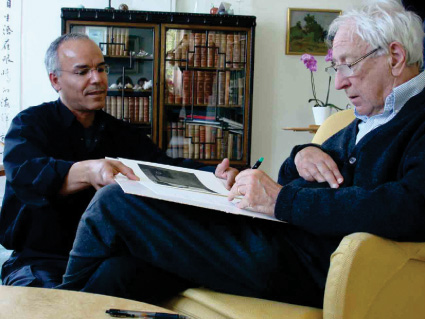|
Seeing In The Dark
''Seeing in the Dark'' () is a 1970 collection of poems by the Swedish writer Tomas Tranströmer Tomas Gösta Tranströmer (; 15 April 1931 – 26 March 2015) was a Swedish poet, psychologist and translator. His poems captured the long winters in Sweden, the rhythm of the seasons and the palpable, atmospheric beauty of nature. Tranströmer' .... The title may also be translated more literally as "Night Vision" or "Dark Vision" and is representative of Tranströmer's tendency to use compound words and neologisims within his work, especially when those words contribute to his immersive, sensory themes. References 1970 poetry books Poetry by Tomas Tranströmer Swedish poetry collections {{Poetry-collection-stub ... [...More Info...] [...Related Items...] OR: [Wikipedia] [Google] [Baidu] |
Tomas Tranströmer
Tomas Gösta Tranströmer (; 15 April 1931 – 26 March 2015) was a Swedish poet, psychologist and translator. His poems captured the long winters in Sweden, the rhythm of the seasons and the palpable, atmospheric beauty of nature. Tranströmer's work is also characterized by a sense of mystery and wonder underlying the routine of everyday life, a quality which often gives his poems a religious dimension. He has been described as a Christians, Christian poet. Tranströmer is acclaimed as one of the most important Scandinavian writers since the World War II, Second World War. Critics praised his poetry for its accessibility, even in translation. His poetry has been translated into over 60 languages. He was the recipient of the 1990 Neustadt International Prize for Literature, the 2004 Nonino#Winners, International Nonino Prize, and the 2011 Nobel Prize in Literature. Life and work Early life Tranströmer was born in Stockholm in 1931 and raised by his mother Helmy, a schoolteach ... [...More Info...] [...Related Items...] OR: [Wikipedia] [Google] [Baidu] |
Neologism
In linguistics, a neologism (; also known as a coinage) is any newly formed word, term, or phrase that has achieved popular or institutional recognition and is becoming accepted into mainstream language. Most definitively, a word can be considered a neologism once it is published in a dictionary. Neologisms are one facet of lexical innovation, i.e., the linguistic process of new terms and meanings entering a language's lexicon. The most precise studies into language change and word formation, in fact, identify the process of a "neological continuum": a '' nonce word'' is any single-use term that may or may not grow in popularity; a '' protologism'' is such a term used exclusively within a small group; a ''prelogism'' is such a term that is gaining usage but is still not mainstream; and a ''neologism'' has become accepted or recognized by social institutions. Neologisms are often driven by changes in culture and technology. Popular examples of neologisms can be found in science, ... [...More Info...] [...Related Items...] OR: [Wikipedia] [Google] [Baidu] |
1970 Poetry Books
Year 197 ( CXCVII) was a common year starting on Saturday of the Julian calendar. At the time, it was known as the Year of the Consulship of Magius and Rufinus (or, less frequently, year 950 ''Ab urbe condita''). The denomination 197 for this year has been used since the early medieval period, when the Anno Domini calendar era became the prevalent method in Europe for naming years. Events By place Roman Empire * February 19 – Battle of Lugdunum: Emperor Septimius Severus defeats the self-proclaimed emperor Clodius Albinus at Lugdunum (modern Lyon). Albinus commits suicide; legionaries sack the town. * Septimius Severus returns to Rome and has about 30 of Albinus's supporters in the Senate executed. After his victory he declares himself the adopted son of the late Marcus Aurelius. * Septimius Severus forms new naval units, manning all the triremes in Italy with heavily armed troops for war in the East. His soldiers embark on an artificial canal between the Tigris a ... [...More Info...] [...Related Items...] OR: [Wikipedia] [Google] [Baidu] |
Poetry By Tomas Tranströmer
Poetry (from the Greek word ''poiesis'', "making") is a form of literary art that uses aesthetic and often rhythmic qualities of language to evoke meanings in addition to, or in place of, literal or surface-level meanings. Any particular instance of poetry is called a poem and is written by a poet. Poets use a variety of techniques called poetic devices, such as assonance, alliteration, euphony and cacophony, onomatopoeia, rhythm (via metre), and sound symbolism, to produce musical or other artistic effects. They also frequently organize these effects into poetic structures, which may be strict or loose, conventional or invented by the poet. Poetic structures vary dramatically by language and cultural convention, but they often use rhythmic metre (patterns of syllable stress or syllable (mora) weight). They may also use repeating patterns of phonemes, phoneme groups, tones (phonemic pitch shifts found in tonal languages), words, or entire phrases. These include cons ... [...More Info...] [...Related Items...] OR: [Wikipedia] [Google] [Baidu] |


